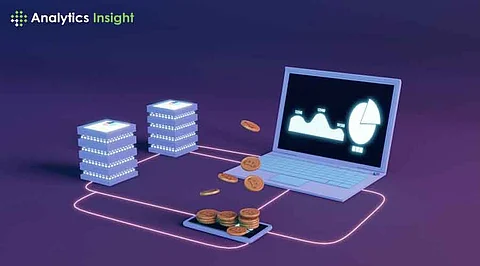

Cryptocurrency exchanges have become integral platforms for buying, selling, and trading digital assets. While the process of acquiring cryptocurrencies on these platforms is well-established, withdrawing fiat currency from exchanges can be a critical aspect that investors need to understand. In this guide, we'll explore the steps involved in withdrawing fiat from cryptocurrency exchanges.
Fiat withdrawal refers to the process of converting and transferring cryptocurrency holdings into traditional currency, such as US dollars, euros, or any other government-issued currency. This step is crucial for individuals looking to convert their cryptocurrency gains into tangible, spendable money or to transfer funds to their bank accounts.
Before initiating a fiat withdrawal, ensure that your exchange account is fully verified. Most reputable exchanges adhere to Know Your Customer (KYC) and Anti-Money Laundering (AML) regulations, requiring users to submit identification documents. Complete the verification process to enable fiat transactions.
To withdraw fiat, you typically need to link your exchange account to your bank account. Navigate to the withdrawal or banking section of the exchange platform, and follow the instructions to add your bank account details securely.
Exchanges often impose withdrawal limits based on user verification levels. Confirm your account's withdrawal limits and ensure your intended withdrawal amount falls within these limits.
If your cryptocurrency holdings are not in fiat, you'll need to sell them first. Go to the exchange's trading platform, select the cryptocurrency you want to sell, and execute the sell order. Ensure you are selling to the fiat currency of your choice.
Once your funds are in fiat, proceed to the withdrawal section. Select the linked bank account, enter the withdrawal amount, and review the details. Some exchanges may require two-factor authentication for added security.
Review all the details of your withdrawal request before confirming. Double-check the withdrawal amount, destination bank account, and any associated fees. Confirm the withdrawal, and the exchange will process your request.
The processing time for fiat withdrawals varies among exchanges. Some may process withdrawals almost instantly, while others may take a few business days. Be patient and monitor your withdrawal status on the platform.
Once the withdrawal is processed, check your linked bank account for the credited funds. Ensure that the correct amount has been deposited, and cross-verify with your withdrawal request details.
Fees: Be aware of any withdrawal fees imposed by the exchange. These fees can vary, so factor them into your decision-making process.
Tax Implications: Understand the tax implications of converting cryptocurrency to fiat in your jurisdiction. Consult with tax professionals if needed.
Exchange Policies: Familiarize yourself with the withdrawal policies of the specific exchange you are using. Policies can vary, and staying informed ensures a smoother process.
Security Measures: Implement robust security measures for your exchange account, including two-factor authentication, to safeguard your funds during the withdrawal process.
In conclusion, withdrawing fiat from cryptocurrency exchanges involves a series of steps that ensure a secure and seamless process. By understanding the intricacies of fiat withdrawal and following the guidelines provided by the exchange, users can confidently navigate this aspect of cryptocurrency transactions. Always prioritize security, stay informed about exchange policies, and consider the implications before initiating fiat withdrawals from cryptocurrency exchanges.
Join our WhatsApp Channel to get the latest news, exclusives and videos on WhatsApp
_____________
Disclaimer: Analytics Insight does not provide financial advice or guidance. Also note that the cryptocurrencies mentioned/listed on the website could potentially be scams, i.e. designed to induce you to invest financial resources that may be lost forever and not be recoverable once investments are made. You are responsible for conducting your own research (DYOR) before making any investments. Read more here.
